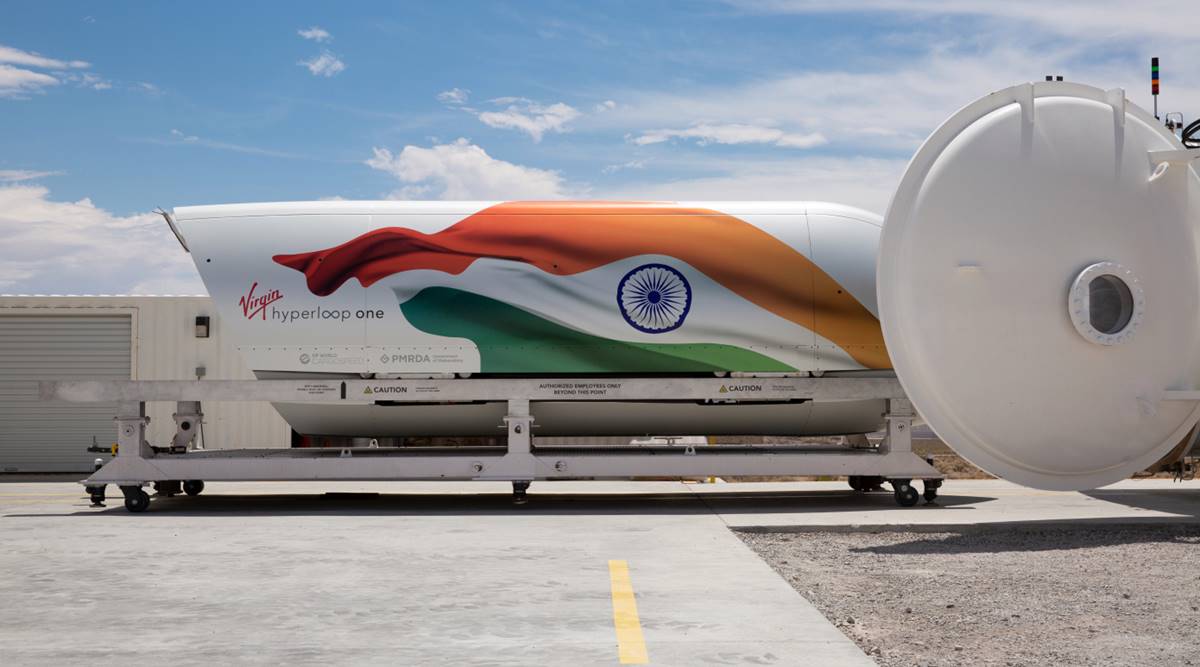Discover Kerala Tour Packages: Backwaters, Beaches & Natural Beauty Awaits
- Friday | 27th December, 2024
Smart Strategies: Securing the Best Deals on Guwahati to Jaipur Flight Tickets
- Monday | 3rd June, 2024
Guarding Your Journey: The Importance of Travel Insurance for International Adventures
- Thursday | 14th March, 2024













